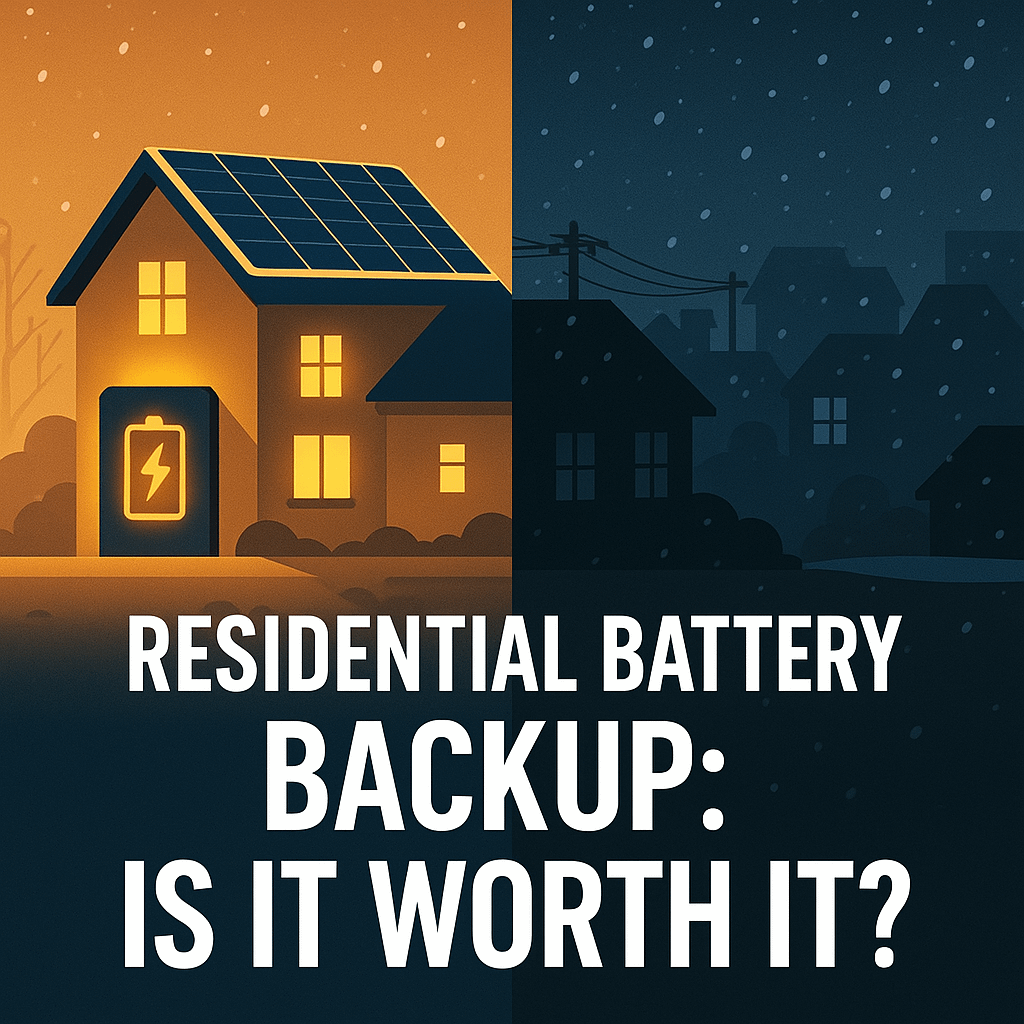Setting solar PV aside, the primary method we use to generate electricity comes down to spinning a turbine. We can spin that turbine with wind or water, but in most cases super heated steam is the medium of choice. Water is heated by burning coal, oil or natural gas or even by splitting atoms. But all of these systems come at a cost; from wide spread pollution to prolific carbon emissions, accumulation of highly radioactive waste, or endangering fish species by damming up tributaries critical to their life cycle.
So let’s explore another way to spin the turbine. We all know the core of our planet is scorching hot. Why don’t we tap that heat? The answer to that questions is that we do, with geothermal power plants, but not enough. Why? Because the heat required to spin that turbine is too deep for us to access in many places with current technology.
Geothermal Power in the United States
That doesn’t mean they don’t exist. The US Department of Energy estimated that in 2020, the US alone had roughly 3.7 gigawatts of installed capacity, the equivalent output of several nuclear power plants. However, these renewable power plants are mostly concentrated in the West.
Do to current technological limitations, this energy source is only tapped where the heat is near to the surface. See, the heat underneath us isn’t a uniform gradient everywhere you stand. If you are near an active volcano or fault line you won’t need to dig as far as you would in other areas. That is why our current resources are concentrated near the Pacific Ring of Fire.
Coal Fired Power Plants in America
In a previous post I’ve covered the toxic effect of having a coal-fired power plant located in your back yard. Combine that with the plummeting prices of renewables and the fact that climate denialism is becoming more untenable with each passing year, and it’s not hard to understand why coal power plants are going the way of the horse and buggy.
That said, it doesn’t seem economically or environmentally responsible to simply retire these power plants in place, or to demolish them and create massive stockpiles of toxic waste. What if we can continue to operate the plants in a more responsible way? Using an energy source that doesn’t require us to send our brave, underpaid men and women into dark and dangerous holes to retrieve it?
Geothermal Conversion
Yes, you saw where this was going. Boom done, right!? Just make coal plants geothermal! Unfortunately, not exactly.
As I mentioned before, the most accessible pockets of heat are near the Pacific Ring of Fire. In some cases the heat is so accessible the steam already rises through cracks in the earth. But what about the rest of America? Are they cut off from this renewable source of heat energy? Until recently it seemed the answer was yes. The heat needed to fire a geothermal power plant was just too deep to access. But there are some folks hoping to change that.
Quaise Energy and the Big Brains at MIT
A company called Quaise Energy is working to scale and commercialize the work of Paul Woskov, a research engineer at MIT’s Plasma Science and Fusion Center. To resolve the issue of accessing deeper and hotter pockets of earth, Woskov proposed the use of targeted millimeter waves to vaporize rock, allowing wells to be drilled to unprecedented depths, thereby expanding access to geothermal power to basically anywhere with a power plant needing conversion.
So far the concept has yielded promising results and Quaise Energy has an aggressive roll out schedule. After various proof of concept models they expect their first converted power plant to come online in 2028.
Keep on Digging
If we can figure out how to tap the inexhaustible heat source beneath us, it will be a game changer. The thought of turning old, retired power plants into a solution driving an end to our dependence on fossil fuels is truly exciting. The infrastructure exists. The power plants already have power lines and access to transmission corridors, which is a hinderance to building solar farms or other new, large generation sources. Yes, there is a lot to be excited about here. We aren’t there yet, but I like where this is going. Let’s keep on digging.





